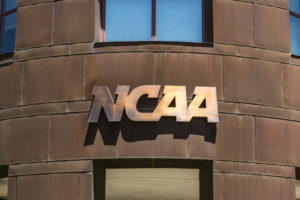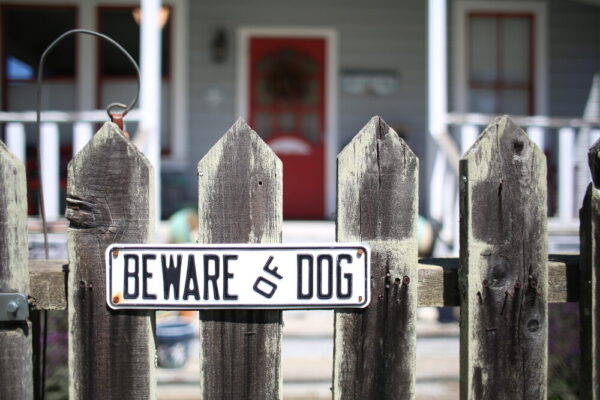The vast majority of consumers probably do not realize that if they are injured by a generic drug versus a brand-name drug, they may have no meaningful recourse. A brand-name drug manufacturer is not legally responsible for injuries caused by a generic copy cat drug. One would reasonably expect that the responsibility for harm caused by a defective generic drug would lie with the manufacturer that decided to make, sell, and profit from a knock-off drug patterned after a brand-name equivalent. One would be wrong.
In Pliva, Inc. v. Mensing, decided by the Supreme Court of the United States on June 11, 2011, one of the issues was whether the generic drug manufacturer could be sued under Minnesota and Louisiana state tort laws that required a manufacturer that is, or should be, aware of its drug's danger to label it in a way that renders it reasonably safe. In a decision authored by Justice Thomas, the Court found that the only duty of a generic manufacturer is to ensure that its warning label is the same as the warning label of the equivalent brand-name drug that has already been approved by the FDA. The crux of the Pliva decision is that suing a generic manufacturer for negligent failure to warn is a sure ticket to having your case dismissed based on federal pre-emption.
The next issue being taken up by the Supreme Court is whether a patient injured by a generic drug can sue on the theory that the drug itself was defective. The case is Bartlett v. Mutual Pharmaceutical Company, and the Court will hear arguments on this case this month. In Bartlett, the patient took a generic NSAID and developed Stevens -Johson Syndrome. The drug caused a severe skin reaction resulting in two-thirds of her skin falling off, severe burns, permanently damaged lungs and esophagus, and blindness. The issue to be decided in Bartlett is significant because generic drugs now account for 80 percent of all prescriptions in the United States. Moreover, it is typically the patient's insurance company or entitlement program that mandates the use of generic drugs. Most patients have no choice.
Mutual Pharmaceutical will argue that the outcome of this generic drug design defect case should be the same as the outcome in the Pliva case since, like the warning label, the generic manufacturer has no control over the drug's design. The United States Court of Appeals for the First Cirucuit in Boston disagreed with Mutual's argument, reasoning that even if Mutual could not have changed the drug's design, it could have discontinued selling an unreasonably dangerous drug and taken it off the market. If the Supreme Court overturns the First Circuit's decision in Bartlett, consumers of generic drugs may be left with nothing more than a cause of action for manufacturing defect. In other words, they would have to prove that the manufacturer failed to follow the brand-name manufacturer's design, and that this failure was a proximate cause of the consumer's injuries.










Comments for this article are closed.